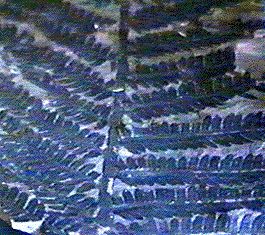Evolutionary biogeography - What factors limit the geographic range of a species?

In what sense are ecological and historical factors alternatives?
If we consider a particular distributional limit of a species, we can ask:
• does it lie at the limit of the species ecological tolerance, or
• could it survive ecologically on the other side of the border but for some historical reason has not come to be living there?
It can therefore be meaningful to test between ecological and historical explanations. In most real cases, however, a complete account of a species' distribution needs both ecological and historical knowledge. A species cannot live outside its ecological tolerance range: its biogeography therefore cannot contradict its ecology.
However, within its ecological tolerance, historical factors may have determined where it is living and where it is not. The two factors will then not be opposed, and the sensible method of analysis is to work out how ecological and historical factors combine. For instance it is a matter of active research as to how climatic changes and competition with angiosperms were both responsible for the decline of the ferns. The image opposite is a fossilized fern: their distribution has contracted sharply since the Cretaceous period.
| Next |



